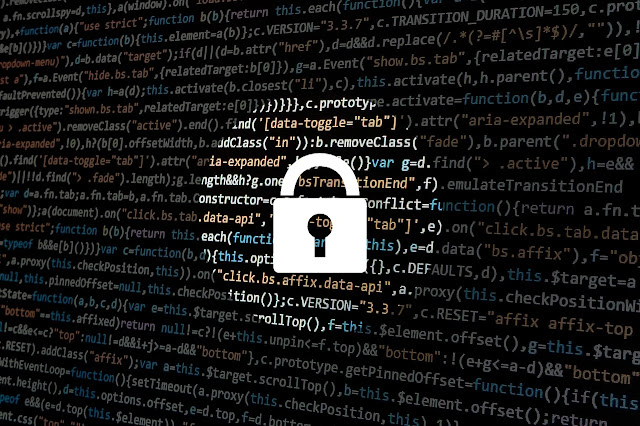In today's interconnected world, cybersecurity has become a critical issue for every nation, and Pakistan is no exception. With the increasing reliance on digital technologies in all aspects of life, from government and finance to healthcare and education, the need for robust cybersecurity measures has become paramount.
Pakistan has made significant strides in recent years to address cybersecurity challenges, developing a comprehensive policy framework and establishing dedicated institutions to oversee and implement cybersecurity strategies. However, the country still faces a number of challenges, including a lack of skilled cybersecurity professionals, inadequate infrastructure, and low awareness of cybersecurity risks among the general public.
Cybersecurity Landscape in Pakistan
Pakistan's cybersecurity landscape is characterized by a number of factors, including:
• Increasing digitalization: Pakistan's digital economy is growing rapidly, with a significant increase in the number of internet users and e-commerce transactions. This growth has also led to a corresponding increase in cyber threats.
• Evolving cyber threats: The nature of cyber threats is constantly evolving, with new attack vectors and malware emerging on a regular basis. This makes it difficult for organizations to keep up with the latest threats and protect their systems effectively.
• Lack of skilled cybersecurity professionals: There is a shortage of skilled cybersecurity professionals in Pakistan, which makes it difficult for organizations to find the talent they need to defend their systems.
• Inadequate infrastructure: Pakistan's IT infrastructure is not as developed as in some other countries, which makes it more vulnerable to cyberattacks.
• Low awareness of cybersecurity risks: There is a lack of awareness of cybersecurity risks among the general public, which makes individuals more susceptible to cyberattacks.
Cybersecurity Initiatives in Pakistan
The government of Pakistan has taken a number of steps to address cybersecurity challenges, including:
• Developing a National Cybersecurity Policy: In 2021, the government approved the National Cybersecurity Policy, which outlines a comprehensive framework for cybersecurity in Pakistan.
• Establishing the National Cyber Security Authority (NCSA): The NCSA is a government agency responsible for overseeing and implementing cybersecurity strategies in Pakistan.
• Launching cybersecurity awareness campaigns: The government has launched a number of cybersecurity awareness campaigns to educate the public about cyber threats and how to protect themselves.
• Promoting cybersecurity education and training: The government is working to promote cybersecurity education and training at universities and technical colleges.
Challenges and Opportunities
Despite the progress made in recent years, Pakistan still faces a number of challenges in cybersecurity, including:
• Implementation of the National Cybersecurity Policy: The effective implementation of the National Cybersecurity Policy is critical to improving cybersecurity in Pakistan.
• Capacity building: There is a need to build capacity in cybersecurity, both in terms of skilled professionals and infrastructure.
• Cybersecurity awareness: There is a need to raise awareness of cybersecurity risks among the general public and organizations.
• International cooperation: International cooperation is essential to combating cyber threats, and Pakistan needs to strengthen its ties with other countries in this area.
Conclusion
Cybersecurity is a complex and evolving challenge, and Pakistan is not alone in facing these threats. However, the country has made significant progress in recent years, and with continued effort, it can build a more secure and resilient cyberspace.
Future Directions
In the future, Pakistan is likely to focus on the following areas of cybersecurity:
• Cyberthreat intelligence: Developing and sharing cyberthreat intelligence is essential to identify and respond to cyberattacks effectively.
• Cybersecurity research and development: Investing in cybersecurity research and development is important to keep up with the latest threats and develop new security solutions.
• Public-private partnerships: Public-private partnerships can help to share resources and expertise in cybersecurity.
By addressing the challenges and seizing the opportunities in cybersecurity, Pakistan can create a safe and secure digital future for its citizens and businesses.

Comments
Post a Comment